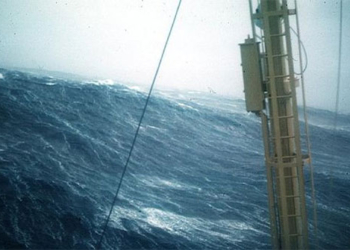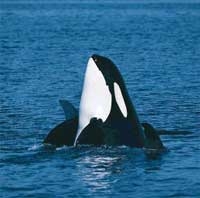Known as “sharks,” these creatures actually have a well-proportioned body and rank among the top in the animal kingdom. This highlights just how effective swimming can be for weight management.
Videos featuring large great white sharks voraciously devouring unfortunate ocean creatures often delight animal lovers. However, the scientific community has discovered that despite their gluttonous reputation, they possess an incredibly fit physique.
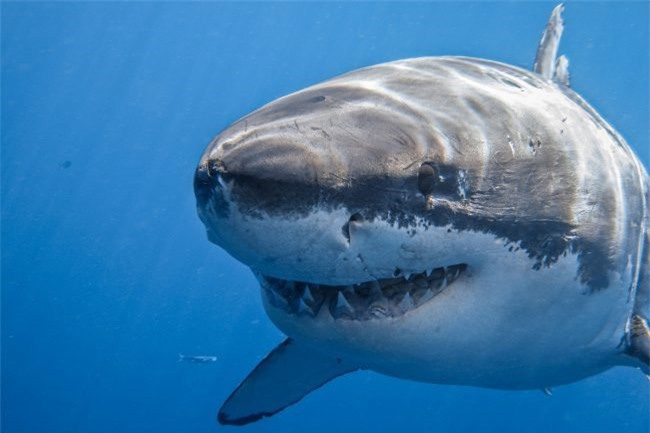
Called “fat,” but they are not “fat” at all.
Indeed, although labeled as “fat” and “large,” these predators, who have no inclination towards vegetarianism, do not harbor any individuals classified as “obese.”
Research reveals that a great white shark can consume over 30 kilograms of whale blubber in one sitting before feeling full, providing enough energy to frolic in the ocean and instill terror for the next month and a half.
In addition to rich whale meat, they also enjoy another delicacy: immature elephant seals—a plentiful energy source. Some scientists have even observed one shark devouring three “baby” elephant seals within a week. It’s worth noting that a great white shark weighs between 1 to 2 tons, while a young elephant seal can weigh several hundred kilograms.
In the study, scientists attached satellite tracking devices to the sharks and monitored their buoyancy over an extended period. This data will help estimate their weight and body fat storage.
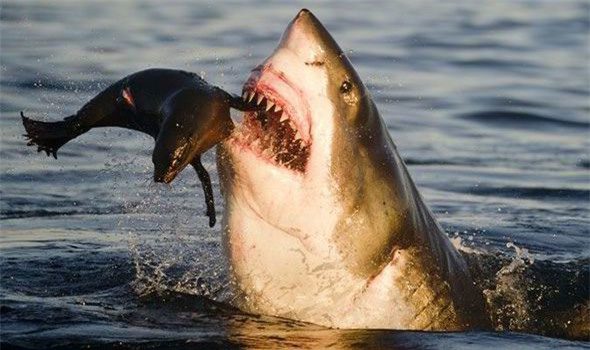
The liver is the largest organ in these sharp-toothed predators.
The liver is the largest organ in the bodies of these sharp-toothed predators and can account for up to 28% of an adult’s mass. It is also the primary storage site for fats. The remaining fat is evenly distributed throughout the muscles. Thanks to their highly active lifestyle, especially engaging in aquatic sports like sprinting after prey, these “fat” sharks cannot become overweight despite their significant food intake.
They are so fond of swimming that an individual can swim over 4,000 kilometers in a single journey. Scientists are unsure what drives them to be so active, but they speculate it might be the call of love (for mating season) or foraging for food. Another plausible reason could be to “vacation” in warmer waters as cold ocean currents invade their habitat.
A location in the Northeast Pacific has affectionately been dubbed the “great white coffee shop” due to the unusual congregation of these predators there. They come to this spot to feast, socialize, and plan for the future generation of “swimming athletes.”
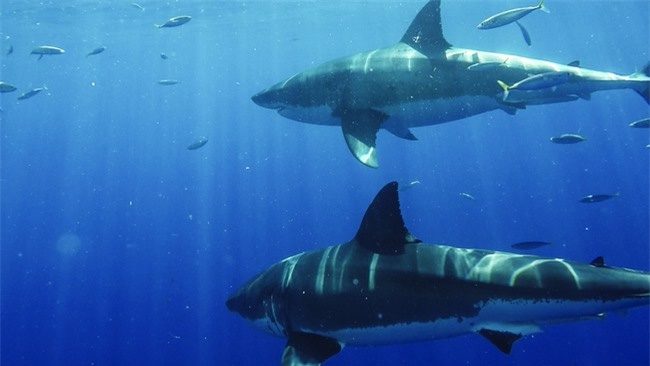
Sharks can live over 70 years, immune to high cholesterol, cancer…
In terms of survival, sharks require sufficient energy but must not be too heavy due to their swimming style. Since they must continuously swim to breathe and tend to glide with the ocean currents, they do not need excessive fat to stay buoyant, as that would disrupt their movement habits.
Ultimately, these hungry predators have favorite foods and trusted “dining spots” without needing food reviewers. One shark has returned to the same elephant seal population for 26 consecutive years to feast.
In the end, they can live for over 70 years, immune to high cholesterol, cancer, and possibly even heart disease. This underscores the health benefits of regular swimming.








































